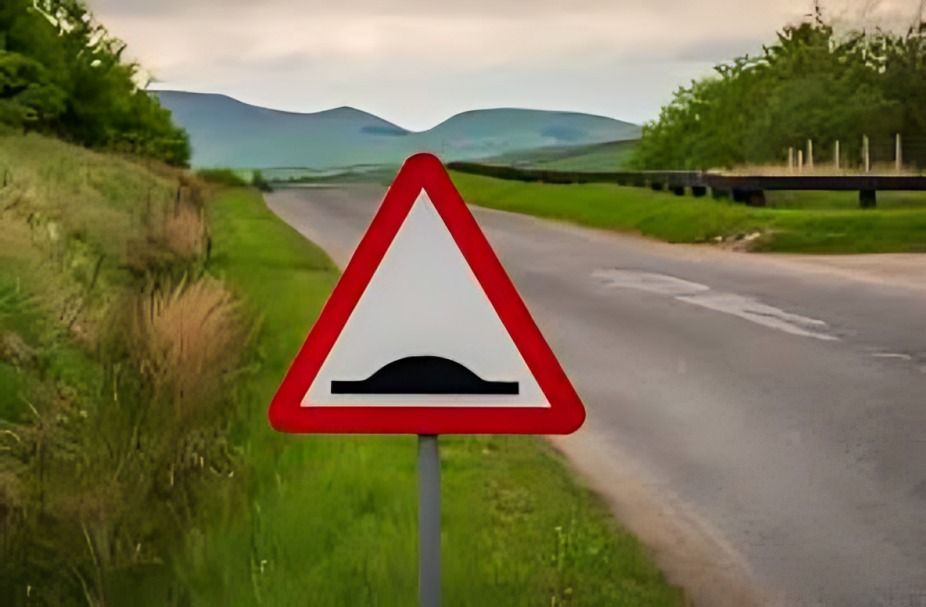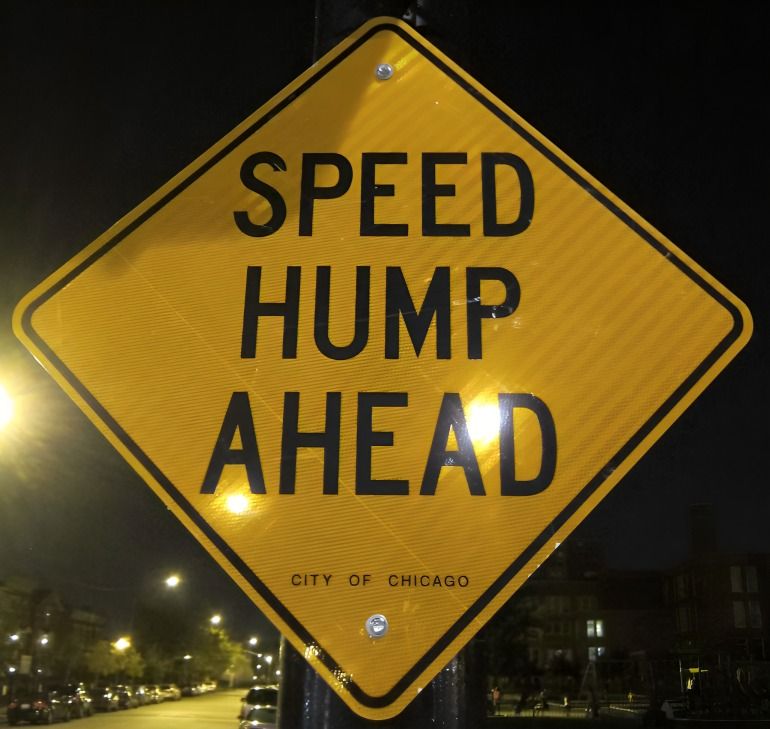
“
The Hump Ahead road sign serves as a critical warning for drivers approaching a bump. This sign allows drivers to adjust their speed and approach the bump safely, reducing the risk of vehicle damage and improving comfort. Think of it as your personal road guide, ensuring a smoother ride and protecting your vehicle from potential damage. Next time you see this sign, remember: a little caution can go a long way in keeping your journey comfortable and safe.1
1
”
Hump Ahead road signs alert drivers to upcoming road humps, helping prevent sudden jolts and accidents. These signs are often placed a short distance before the hump to give drivers time to slow down. They play a key role in maintaining road safety. 1
Road humps are designed to slow down traffic, enhancing safety in high pedestrian areas. Hump Ahead signs are crucial in ensuring drivers are aware of these speed bumps. They help minimize the risk of collisions and accidents. 2
The design of Hump Ahead road signs typically includes a symbol of a hump with an alerting message. This clear and simple graphic ensures that drivers quickly recognize the potential hazard. Effective design is key to the sign's success. 3
In many countries, Hump Ahead signs are mandated by traffic regulations to ensure uniform safety measures. These regulations help maintain consistency in road safety practices across different regions. 4

Hump Ahead signs are often made from durable materials like aluminum or reflective sheeting. This durability ensures the signs remain visible and legible under various weather conditions. High-quality materials contribute to long-lasting road safety features.
The placement of Hump Ahead signs is strategically determined based on factors like visibility and traffic flow. Proper placement maximizes the effectiveness of the warning, allowing drivers ample time to adjust their speed. 5
These signs are commonly used in residential areas, school zones, and other high-traffic environments. Their use in these areas helps protect pedestrians and reduce speeding in sensitive locations. 6
Hump Ahead signs help reduce vehicle wear and tear by encouraging drivers to slow down. This can lead to longer-lasting vehicles and fewer maintenance issues. By minimizing abrupt impacts, the signs contribute to overall vehicle longevity. 7
The use of Hump Ahead signs can lead to decreased noise pollution by encouraging smoother driving. Slower speeds reduce the noise generated by vehicles navigating over road humps. This contributes to a quieter and more pleasant environment. 8
Road humps combined with Hump Ahead signs can effectively manage traffic flow and reduce accidents. They are particularly useful in areas where traditional speed limits alone may not be sufficient. This dual approach enhances traffic control. 9

Reflective materials on Hump Ahead signs improve visibility at night and in low-light conditions. This increased visibility ensures that drivers are aware of upcoming road features regardless of the time of day. Effective visibility is crucial for safety.
The installation of Hump Ahead signs often follows a thorough assessment of traffic patterns and accident history. This data-driven approach ensures that signs are placed where they are most needed. 10
Hump Ahead signs are part of a broader strategy to implement traffic calming measures. These measures aim to create safer and more pedestrian-friendly road environments. Integration with other safety features enhances overall road conditions. 11
In addition to road safety, Hump Ahead signs contribute to better traffic flow management. By reducing speeds, they help prevent congestion and improve overall driving conditions. Effective traffic flow management supports smoother commutes. 12
Hump Ahead signs are typically positioned well in advance of the actual hump to provide adequate warning. This advanced placement helps drivers prepare and avoid abrupt braking. Adequate warning reduces the likelihood of sudden stops and accidents. 13
The design and size of Hump Ahead signs are standardized to ensure uniformity and effectiveness. Standardization helps maintain consistent safety messages across different regions. 14
Hump Ahead signs are part of a comprehensive approach to road safety that includes various other warning signs. This integrated approach helps address different aspects of driving hazards and enhances overall safety. 15
The effectiveness of Hump Ahead signs is often evaluated through regular traffic safety reviews and studies. These evaluations help determine if the signs are meeting their intended goals. 16
Hump Ahead signs are an example of how simple visual cues can significantly impact driving behavior. Their effectiveness demonstrates the power of clear, direct communication in enhancing road safety. 17
The implementation of Hump Ahead signs is supported by a variety of road safety organizations and authorities. These organizations advocate for the use of such signs to improve overall road conditions and safety. 18


